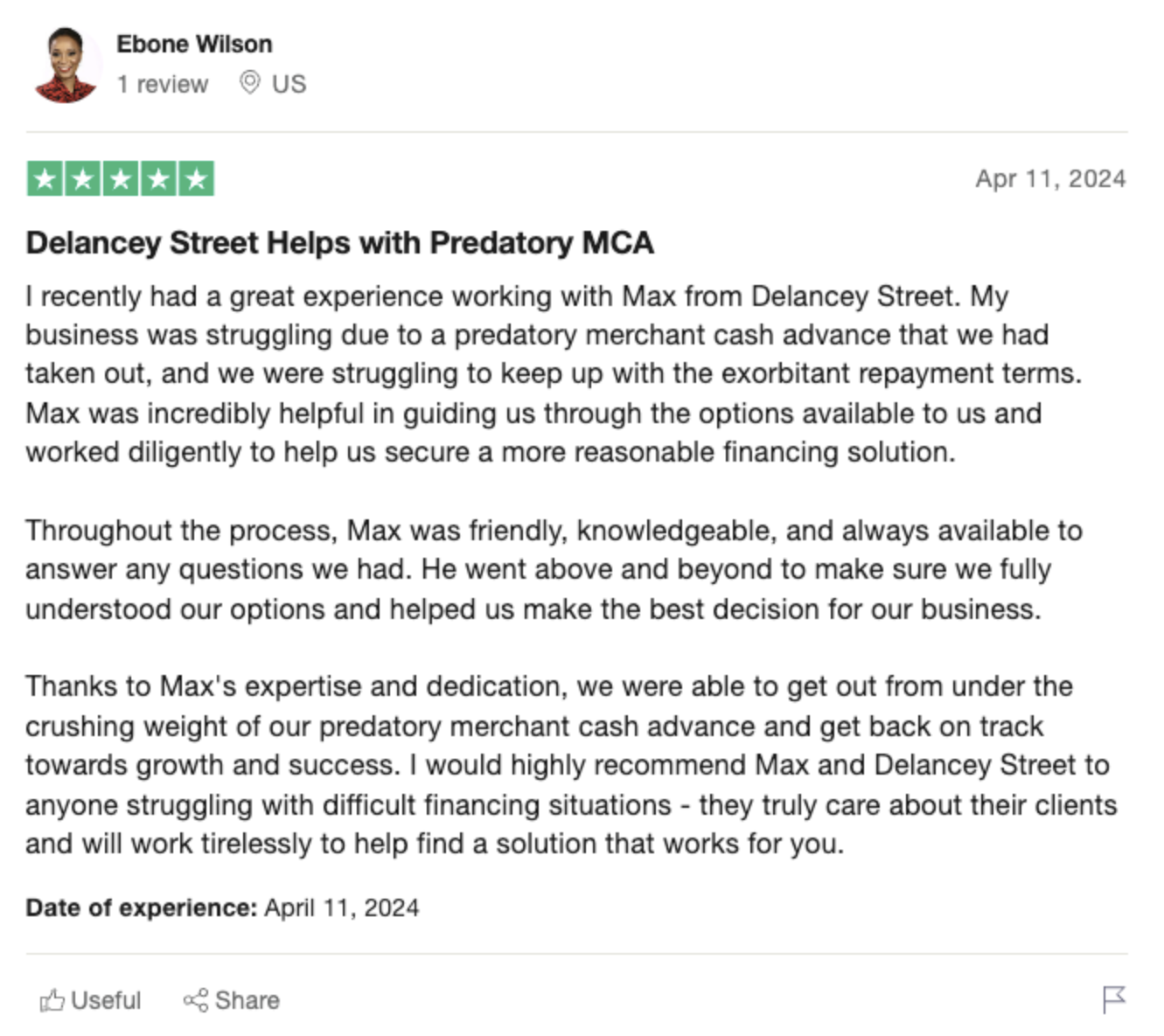An Investor Shares When to Seek Outside Capital to Avoid Debt Relief
As an investor, knowing when to seek outside capital can make or break your business. Taking on too much debt puts you at risk of needing debt relief down the road – an expensive and reputation-damaging process. The key is finding the right balance between using debt financing and bringing in outside investors. Here’s my advice on how to make that call.
 -
-Weigh Your Current Debt Load
Before considering outside capital, take a hard look at your current debt situation. Calculate your debt-to-equity ratio by dividing total liabilities by shareholder equity. This shows how much you rely on debt financing versus shareholder investments. A higher ratio means higher risk, as you owe a lot compared to the cushion you have from investors. If your ratio is above 1, you may be over-leveraged.
Also calculate your debt service coverage ratio, which measures your ability to pay debt obligations from operating income. Divide net operating income by total debt obligations due in a year. A ratio below 1 means you may not generate enough income to cover debts – a red flag.
If these ratios indicate an unhealthy debt load, outside capital can provide relief.
Project Your Capital Needs
Do you need capital to expand, enter new markets or develop products? Estimate the costs, factoring in contingencies. Outside capital can fund growth plans that debt financing can’t cover alone.
 -
-Forecast future revenue under various scenarios – optimistic, pessimistic and moderate. Compare these to your capital needs. If your plans outpace conservative revenue estimates, outside capital can help bridge the gap.
Weigh the Costs and Benefits
More debt may seem cheaper but consider the risks – high interest payments can become unmanageable. Defaulting damages your credit, preventing access to affordable financing.
Equity financing avoids these pitfalls but means giving up ownership and control. Investors expect returns, often a board seat or say in operations. Still, their involvement can provide expertise to grow the business.
Weigh costs against how much capital you need and the flexibility it provides. Factoring in risk, outside equity may be cheaper long-term.
Explore Specific Options
Many options exist beyond traditional bank loans or VC funding. For example:
 -
-- Venture debt – Loans to startups needing capital between rounds. More flexible than bank debt with interest-only periods.
- Revenue-based financing – Investors provide capital in exchange for a percentage of future revenue. No equity given up.
- Grants – Government and nonprofit grants help certain industries like green tech. Don’t require repayment or equity.
- Crowdfunding – Raising small investments from a large pool of backers. Gives marketing exposure too.
Each option has pros and cons to weigh against your needs. An advisor can help navigate the landscape.
Time it Strategically
Market conditions impact your ability to raise capital. Ideal timing depends on factors like:
- Growth stage – Early-stage ventures often need more equity financing. Those with established revenue histories can leverage more debt.
- Business performance – Investors and lenders commit when recent financials demonstrate solid growth and profits.
- Economic landscape – In downturns, debt financing can dry up. Equity sources may insist on lower valuations.
- Industry outlook – Positive trends in your niche can make investors more receptive.
Plan ahead to access capital when conditions are favorable. Having options helps ride out downturns.
 -
-Adjust the Capital Structure
Outside capital doesn’t have to mean an either/or choice between debt and equity. Blending both can optimize your capital structure.
For example, a convertible note mixes features of debt and equity. The investor loans capital that converts into equity under agreed terms later, such as at your next funding round. This postpones setting a valuation.
Strategically using different types of capital creates a balanced structure aligned with your business stage and goals.
Match Investors with Your Vision
Aligning with the right investors provides capital tailored to your needs. Do your research to find investors who:
- Have experience in your industry – They’ll understand your business model and growth potential.
- Offer helpful connections – Well-networked investors give access to partners, talent and future capital.
- Provide value beyond capital – The best investors lend expertise and mentorship to help you thrive.
An investor who believes in your vision and wants to actively help you grow can contribute as much as their money.
Set Expectations Upfront
Before accepting outside capital, ensure expectations align through thorough discussions and documentation. Cover terms for:
- Repayment/return on investment – Interest rates, equity percentages, payment timelines.
- Decision-making authority – Board seats, voting rights, protective provisions.
- Future funding obligations – Rights of first refusal, guaranteed financing rounds.
- Exit strategy – Timeline, methods (acquisition, IPO).
Getting everything codified upfront prevents misunderstandings down the road.
Know When to Say No
Sometimes, even if you want outside capital, it’s better to say no. Walk away if terms are unreasonable or the investor relationship feels off.
Rushing into a bad deal leaves you stuck with an investor who doesn’t add value and hampers operations. Be willing to wait for the right partners who help you create sustainable, profitable growth.
The decision to seek outside capital is complex, but getting clear on your needs, weighing all options, and finding aligned investors sets you up for success. With the right capital structure and partners, you can avoid excessive debt and the need for relief down the road.







